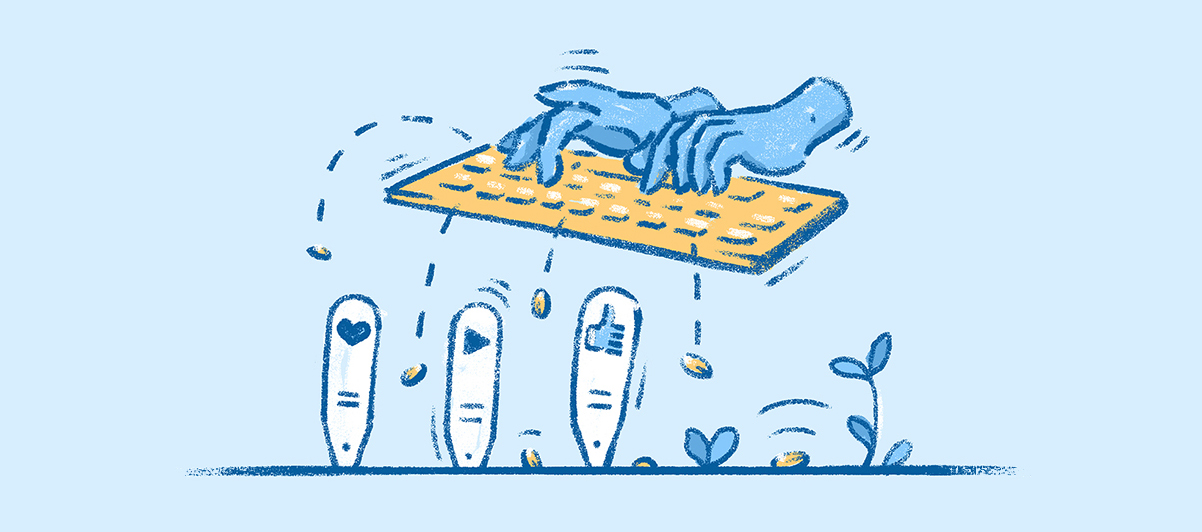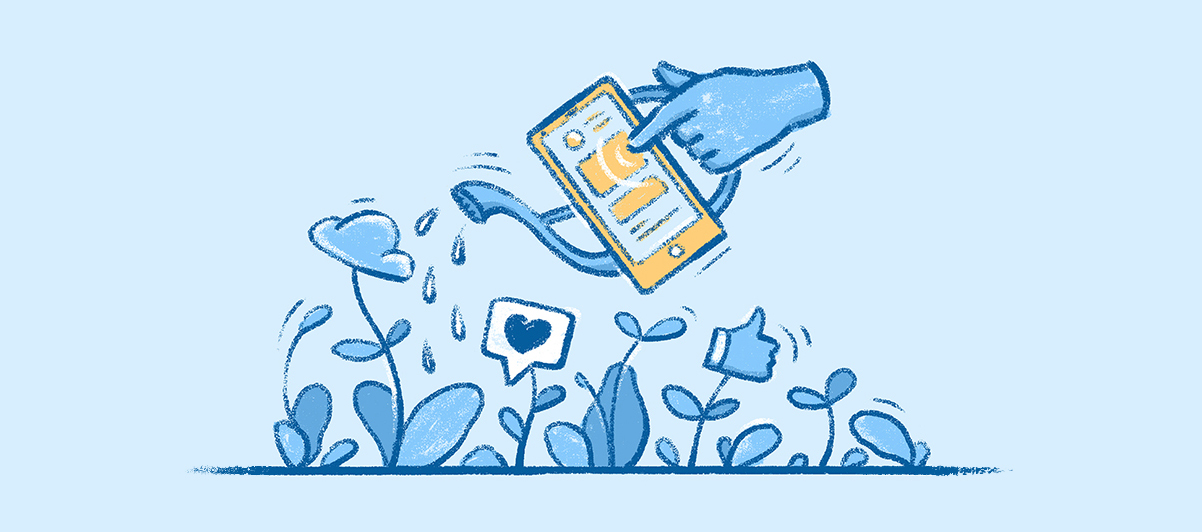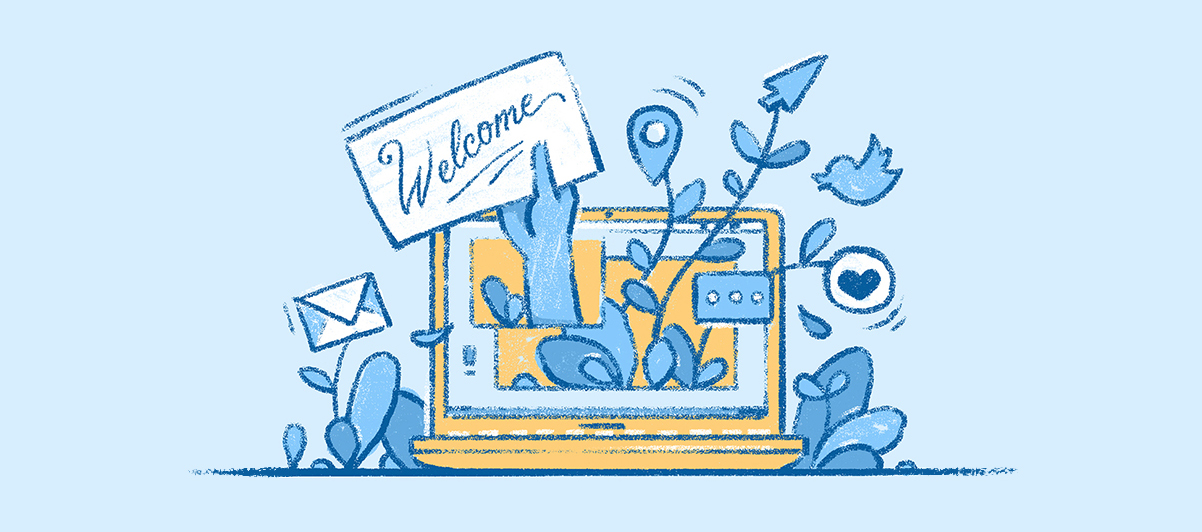Victoria Langton
Category: Strategy
06.01.2018
What is the importance of visual impact and story-telling in a (mostly) millennial driven market?
The need for human connection, in a world inundated with digital, is still very much needed. This was an underlying theme from BYT’s panel discussions at the “MAKE in DC: A Pop-Up-Palooza” event earlier this month. Between all of the clutter and noise online, the definitive knife that cuts through the core is the ability to evoke a lasting emotion — this is what is remembered.
The Pitch
In a panel discussion with Brian Leventhal of District Winery, Otessa Ghadar of DC Web Fest, Cameron Heffernan of Mach Media, Stephen Kae of Fast Rope Labs, and David Jack of GetWellNetwork, it became clear that pitching is a game of understanding and connection. Here are some key takeaways from the panel “Pitch Perfect”:

Be prepared, but don’t over-prepare
Whether you’re pitching a former colleague or it’s a first-time connection with a potential funder, there is a fine line to draw between saying too much, and saying just enough. The consensus? Be flexible. Prepare 70-80% of your pitch in advance and leave 20-30% for the day of.
Know your audience
If you’re only prepared for a formal presentation in a conference room, you may find yourself boxed in and unable to adapt to new environments. Before walking into your pitch meeting, know your audience both broadly and specifically (yes, that means LinkedIn/IG sleuthing).
Tell a story
A popular question when pitching is, “how do I break through the noise?” The answer: don’t only sell your product/services, sell your story.
Watch the full panel here.
The Post
The second panel focused on the power of a post and building an online community. The panelists were Mona Lavinia of Fit District, Diana Morales of Lust Local DC, Elise Crawford of Kale and Chocolate, and AJ Dronkers of Edible DC, moderated by Carl Maynard of Walk with Locals. While the panelist discussed in broad strokes how to identify content that disrupts, they also provided actionable suggestions to achieve success.

Find your voice/brand, but don’t feel stifled by it
When a user visits your online profile, it needs to be clear what you’re about and what to expect from the channel. In this sense, there needs to be a consistency in voice and expectation. All this being said, it’s important to stay nimble and adaptable, and of course, fun, while still maintaining the essence of your brand.
Meet your audience where they are
While Instagram dominates social media platforms, depending on your audience and goals, it is important not to neglect other social channels like Twitter, Facebook, and Snapchat. If you’re not able to keep up 3+ social channels, you shouldn’t feel obligated to. However, if your audience is mostly on Twitter, it is important to be actively engaging them there – even if Instagram is your personal preference.
Use your networks and make friends
Social media is supposed to be about community, and that’s a huge advantage for brands. While there is still very much a need to make IRL networking connections, we see more and more communities building online. As you grow not only your following but your connections and champions, you are able to tap on this community to promote your content and in turn, promote theirs! Whether this is a simple re-gram or a group giveaway, leveraging both online and offline connections are critical in making a digital splash.
The Pop-Up
The final panel of the event focused on “the Art of the Popup”, and featured Margot Pien of SoFar Sounds, Patrick Rife of Pixelated, John Victoria of Polianna, and Derek Nickerson of Poppir. This group of panelists each had their own unique audience to focus on, yet one unifying voice: a pop-up is about making a memory.

Sometimes the goal isn’t a packed house
We hear about a pop-up and instantly think “exclusive” and “trendy,” and are often brought back to memories of waiting in line for the latest pop-up bar or store to be part of the limited time action. However, this isn’t the sole goal of a pop-up. The pop up experience is often meant to bring a community together in a way that will be memorable, impactful, and intimate – rather than exclusive. We see this trend growing with traveling art exhibits that limit the number of people in a room or SoFar Sounds concerts in a living room.
Allow the term “pop-up” to mean more than you think
A pop-up doesn’t necessarily have to occupy a physical space – rather content (digital or physical) emerges for a temporary period of time. The same tactics of a physical pop-up can be applied to online content like a microsite, video, or VR experience. Additionally, we see more and more ads “pop-up” based on location, targeting a community of individuals gathered. These instances are re-defining what a pop-up means and how we interact with temporary access and emerging technologies.
Watch the full panel here.